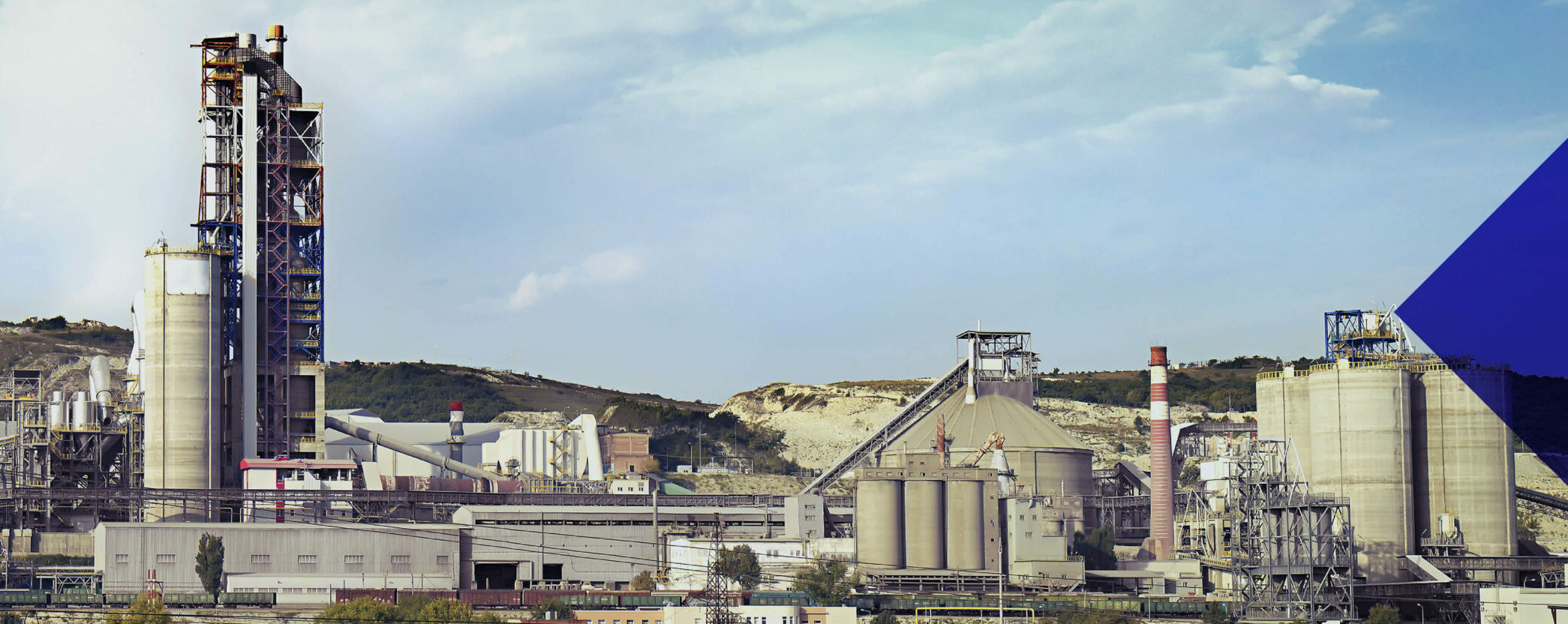As sustainable regulations continue to be on the rise, conversation around green construction methodologies is becoming the “it” trend in the industry.
In 2021, investment around green technologies and climate tech related solutions grew to $87.5 billion in the year leading up to Jun. 30, according to research from PwC. Yet, investment in technologies that actually represent 80% of the emissions reduction potential by 2050 have only received 25% of the total amount invested in green technologies since 2013, leaving a huge area of opportunity for investors seeking to tackle climate action.
How can green construction help increase this numbers? Read along and find out!
What is green construction?
Green construction encompasses all the processes that make the creation and usage of the built environment as friendly and non-invasive to the natural environment as possible. From the early design stages to assembly, the functionality of the structure upon completion, and later demolition, green construction focuses on reducing negative impacts to the planet and adding some positive benefits. As the construction sector is a carbon intensive industry, green methodologies and solutions are playing a pivotal role in reducing the industry´s CO2 emissions.
When it comes to cement, the Global Cement and Concrete Association (GCCA) indicates that this material is the source of about 5% – 8% of the world’s CO2 emissions. Concrete, cement´s end-product and a key material in the construction industry, is the most used man-made material in the world.

Nonetheless, upon research from the United Nations, the organization recognized that concrete can absorb up to 50% of the CO2 emissions it exudes during its built form, making it the most sustainable and resilient building material in the world.
Although this is a big step ahead, the urge for companies like ourselves to find solutions that help us shift towards a greener construction has become more apparent and moved to the top of our priority ladder in recent years.
At CEMEX, we are taking it upon us to contribute to climate change mitigation by reducing CO2 emissions in our production processes, as well as the entire life cycle of our products.
What makes a construction green?
All the way from how the design is made to how the demolition waste is handled at the end of the lifecycle of a building make up what green construction encompasses. Nonetheless, we are going to zoom in on the technologies that are blooming in the sector right now that can allow us to reduce the carbon footprint of current processes across the entire construction value chain.
Carbon capture and utilization
Carbon capture and storage involves capturing, transporting, and storing greenhouse gas emissions from large point sources, like chemical plants, by injecting the captured greenhouse gases back into the ground.
This process can remove as much as 90% of the carbon dioxide (CO2) gas emitted from fossil fuel (coal, oil or gas) power stations which are the main source of anthropogenic CO2 emissions. In cement manufacturing, carbon capture technologies can be used to extract carbon from the atmosphere.
Carbon utilization, on the other hand, gives this captured carbon a new life and puts it back to work. An example is the work being done by the startup Carbon Upcycling Technologies, who captures CO2 from fly ash and slags and transforms it into reactive material needed in cement manufacturing.
Global investment in carbon capture and storage (CCS) reached $2.3 billion USD in 2021, a shy away from the $3 billion USD invested in 2020 but a significant increase from the $1 billion USD reported in 2019, according to Bloomberg. As projects continue to emerge, 2022 is expected to see a surge on investment in these technologies once again.

Circular economy models
The European Commission states that circular economy aims to maintain the value of products, materials and resources for as long as possible by returning them into the product cycle at the end of their use, while minimizing the generation of waste. The fewer products we discard, the less materials we extract, the better for our environment.
In construction, linear models where materials often end up in landfills needs to come to halt; not only for the lack of appropriate space to dispose of them, but because of the repercussions it has the environment. Currently, only 40% of construction waste in recycled or reused, with most of these not being used in the creation of new buildings.
Implementing circular economy models into the construction mix can have positive impacts on wellbeing, for example, and has been shown to increase productivity in the industry by up to 10%.
By integrating new business models along the value chain, the industry can expect a global market growth of more than $660 billion USD by 2025 with an annual growth rate of 12%. Europe will play a leading role in adopting circular economy models, with a market share of $264 billion USD.
Waste and resource management
Aligned with circular economy models goes construction waste and resource management. As we´ve learned, resources are not unlimited. Why work in the sector as if they were?
It´s imperative that we find solutions in construction that help minimize the number of materials going to landfills during the final construction process by diverting the construction, demolition, and land waste debris onto new projects. This will also help redirect recyclable recovered resources back to the manufacturing process and redirect reusable materials to appropriate sites.
Waste management is a huge part of material management. As the saying goes, “one man´s trash is another man’s treasure”. This needs to be worn on the sleeves of built professionals to lead an efficient and effective waste management process.
Alternative fuels
Saying goodbye to fossil fuels is at the top of the list when it comes to finding solutions that help drive the use of cleaner energy into construction. In CEMEX, 29% of the cement operations’ electricity comes from clean energy and by 2030, we expect to achieve at least 40%.
Alternatives to traditional, carbon intensive fuels, that are attracting more interest in recent years is the use of hydrogen, because the waste product of burning hydrogen is water, rather than the emissions associated with gas combustion.
Likewise, solar solutions are also gaining traction in the industry and solar heat can be used as a substitute to traditional fuel methods to run different processes with little to no carbon footprint. An example of such is the production of the world´s first ever solar clinker developed by Synhelion and CEMEX.

If you have a startup that´s developed a solution with any of these technologies, apply to Construction Startup Competition 2022 under the Green Construction category and let us discover how you can help us build a greener industry.
Green buildings, a sustainable construction
A building designed and constructed in a sustainable manner minimizes its environmental impact by optimizing the use of water, raw materials, energy, and land over the entire life cycle of the building.
According to CEMEX data, green and sustainable construction provides important benefits and business opportunities:
- The return on investment can be improved by up to 19%
- The occupancy when renting can increase by more than 3%
- Income due to rental fees can increase up to 11%
- Important savings in operating costs
- Certified sustainable buildings provide better energy performance of up to 30%
Moreso, the adoption of more sustainable and environmentally conscious materials in the industry has grown since the surge of the COVID-19 pandemic. According to research, the Green Building Materials market is projected to reach US$425.4 Billion by 2027, growing at a CAGR of 8.6% over the analysis period 2020-2027.

CEMEX Ventures and its compromise with green construction
CEMEX Ventures is committed to helping drive the revolution of the construction industry, and this encompasses finding the appropriate and most promising solutions in the Contech ecosystem that can help drive sustainability and greener construction methods into the industry.
Since 2017, we have supported CEMEX in their strategic priorities by serving as their eyes on the outside of the company and identifying the startups with the most innovative business models that respond to the current challenges we are faced with in this industry.
Although the green trend is making more noise now, at CEMEX Ventures we´ve been looking at solutions that tackle environmental concerns since our very beginnings. Currently, we have six startups in our investment portfolio with whom we are working to help drive more action towards a greener construction industry:
- Energy Vault: The recently public company in the NYSE is the creator of sustainable energy storage solutions designed to accelerate the transition to a carbon free, resilient power grid, and transform the world’s approach to utility-scale energy storage. Energy Vault enables clean and reliable electricity through innovative gravity and kinetic based energy storage technologies.
- Arqlite: The winners of Construction Startup Competition 2019 develop high-efficiency materials made 100% from plastic rescued from the environment. Their innovative recycling system can process otherwise non-recyclable plastics and transform them into light, artificial gravel, providing an eco-friendly solution at a competitive price to landfill fees.
- Soil Connect: It´s like Tinder for built professionals who need to dispose or acquire soil. The startups developed a platform for excavators, contractors, builders, landscapers and other building professionals who work with soil on a regular basis; it works by connecting those who have soil, with those who need soil. It´s a match!
- Carbon Clean: An established global leader in industrial carbon capture solutions helping essential industries in their road towards decarbonization. Their innovative solutions significantly reduce the costs and environmental impacts of carbon capture compared to conventional technologies, making it easier to achieve ‘net zero’.
- Synhelion: The startup develops solar fuels that can easily replace fossil fuels as they are fully compatible with existing global infrastructure, and at a competitive cost. Their unique technology uses concentrated solar heat to turn CO2 into fuel. This allowed for the creation of the world´s first ever solar clinker, a key material in the production of concrete. Could this be the initial steps of a before & after in the cement sector?
- HiiROC: It produces hydrogen from biomethane, flare gas and natural gas through their Thermal Plasma Electrolysis technology, which enables the low-cost, zero emission production of hydrogen at a competitive cost than its alternatives, but without the emissions and using only one fifth of the energy required by water electrolysis.
Will your startup join this lineup next? Apply to Construction Startup Competition 2022 and let´s get to know you. You are only one step away!

